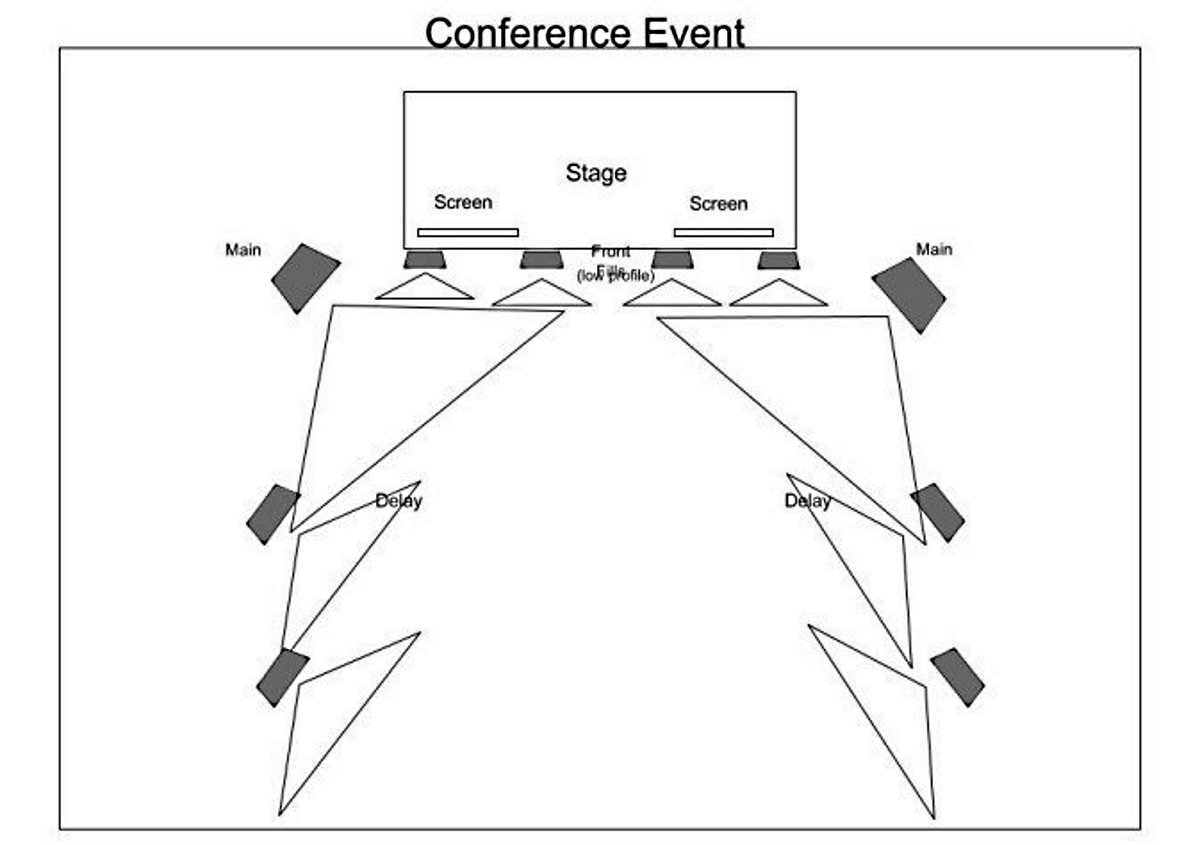Many audio engineers get into this industry from the music and performance side of things.
While many of the concepts and approaches one would apply to a live music production apply equally well to corporate/conference/political gigs, some techniques and practices need to be modified or refined to better suit the corporate/conference/political environment.
This blog series is written as a brief introduction to the world of large-scale corporate audio. We will compare and contrast common practices between the music/performance and corporate/conference sides of the live event industry.
It is assumed that the reader has a basic understanding of audio, audio processing, and live sound reinforcement. A quality digital console with loads of grouping, routing, and output options, as well as fully adjustable output EQ’s and delays, has become almost indispensable for this type of work. It is assumed that such a console is being used.
Not every conference gig will require every single approach listed in this series, but the points described here are used frequently. It should be noted that my opinion is not the definitive word in the events industry, and any two engineers might have four different perfectly valid approaches towards the same situation.
These practices and observations have taken shape over the course of hundreds of large-scale corporate events and have served me well.
Remember that everything taking place here does not happen in isolation – all this must be done in a few hours while other vendors set up: lights are hung and focused, projectors and screens are installed, the stage is built, while the client keeps making additions to the script.
Working quickly and efficiently while presenting a good face to the client and staying friendly and cooperative with other vendors is the only way these gigs happen and you get paid and hired again. This means knowing your equipment thoroughly and quickly navigating menus and pages to adjust the appropriate parameters.
It means hearing and identifying problem frequencies before they feed back, and hearing the difference between a sound arriving a few milliseconds early, on time, and late. It also means that when things go wrong – and they absolutely will – calmly troubleshooting to solve the problem, or else quickly devising a workaround solution.















